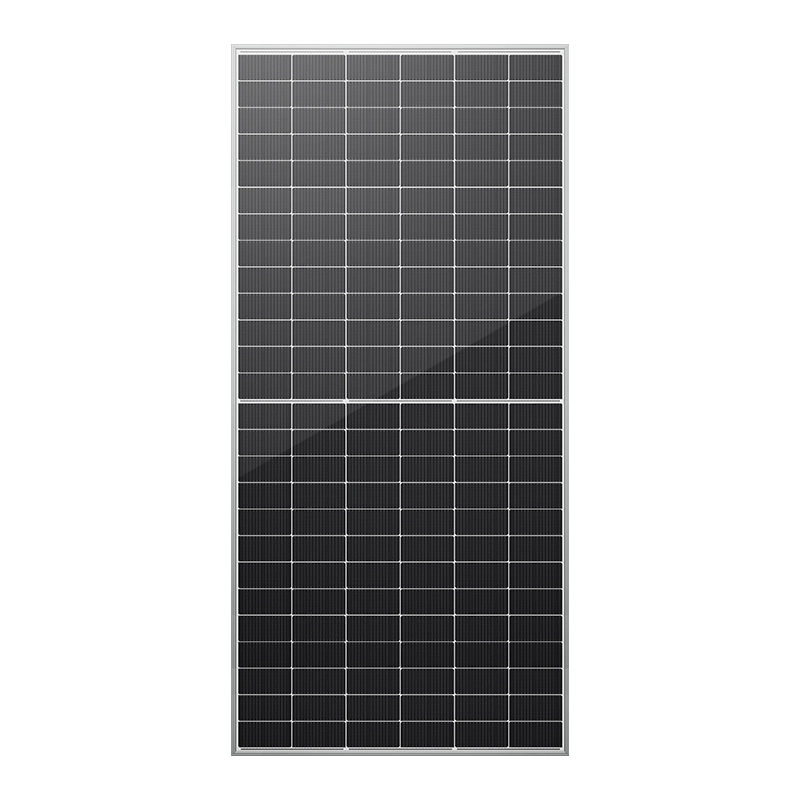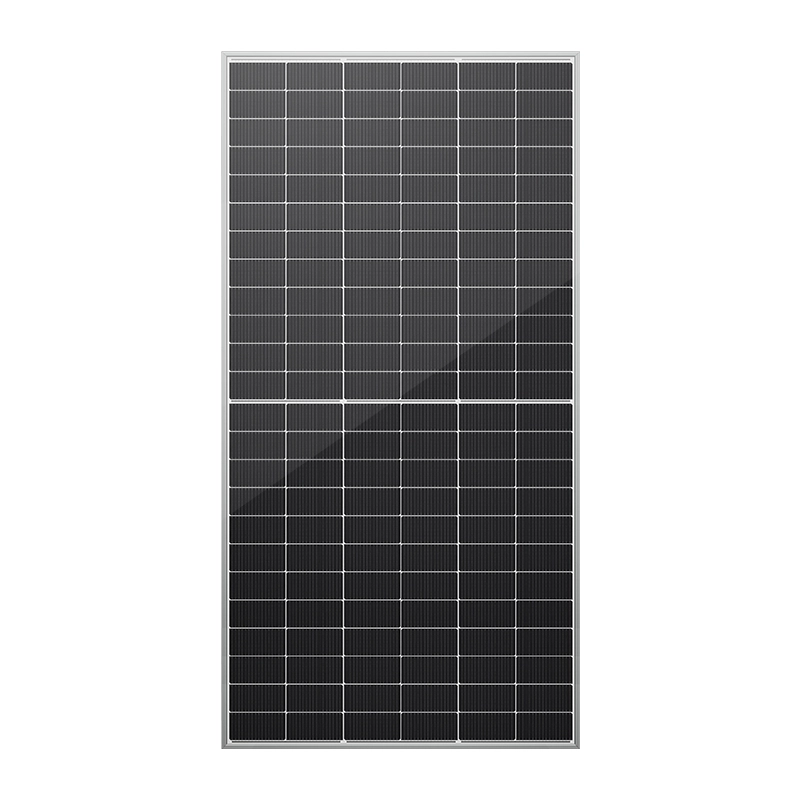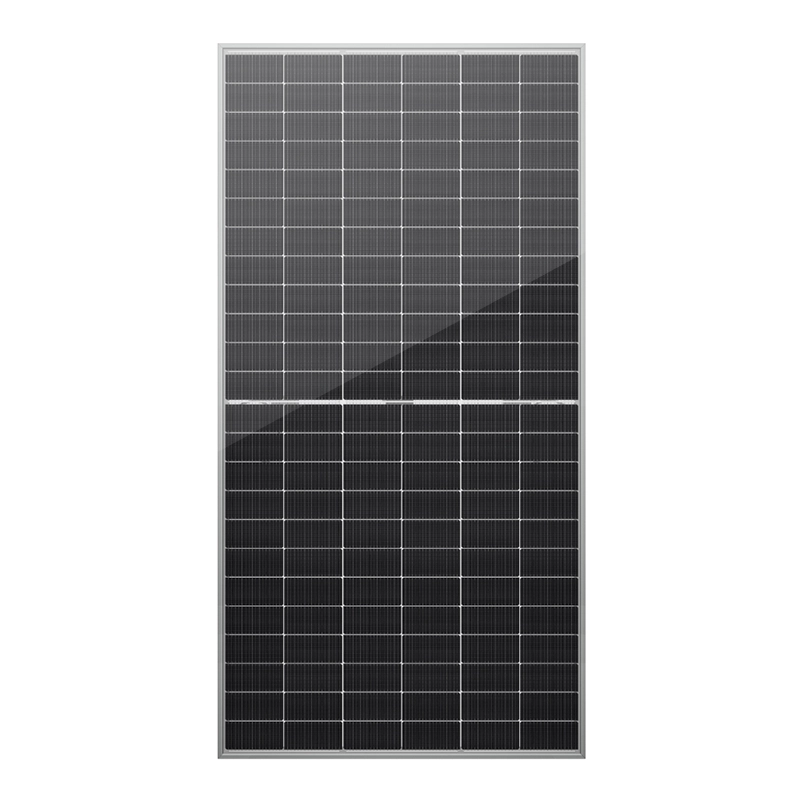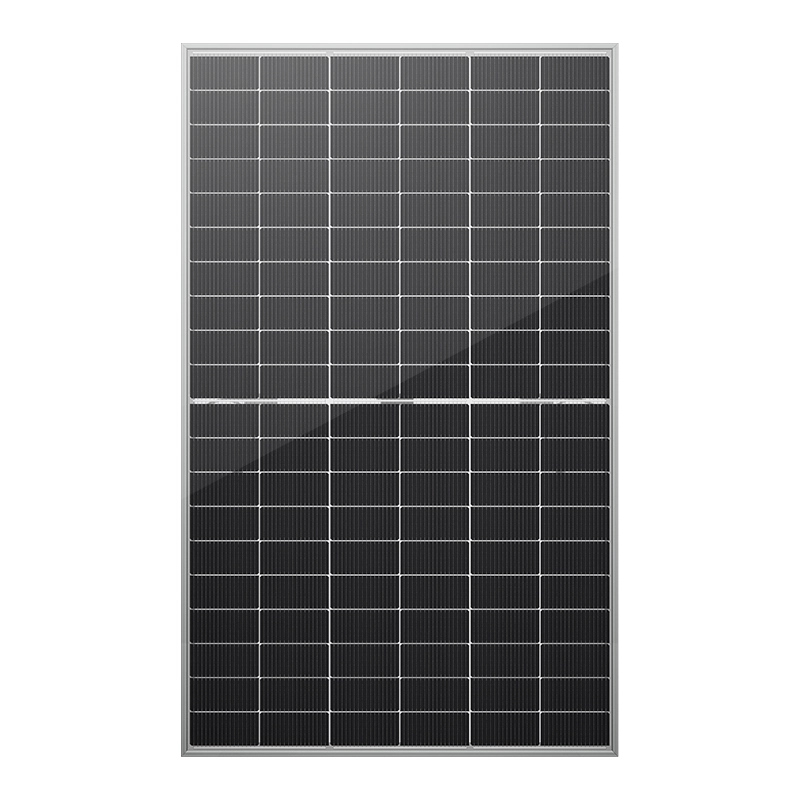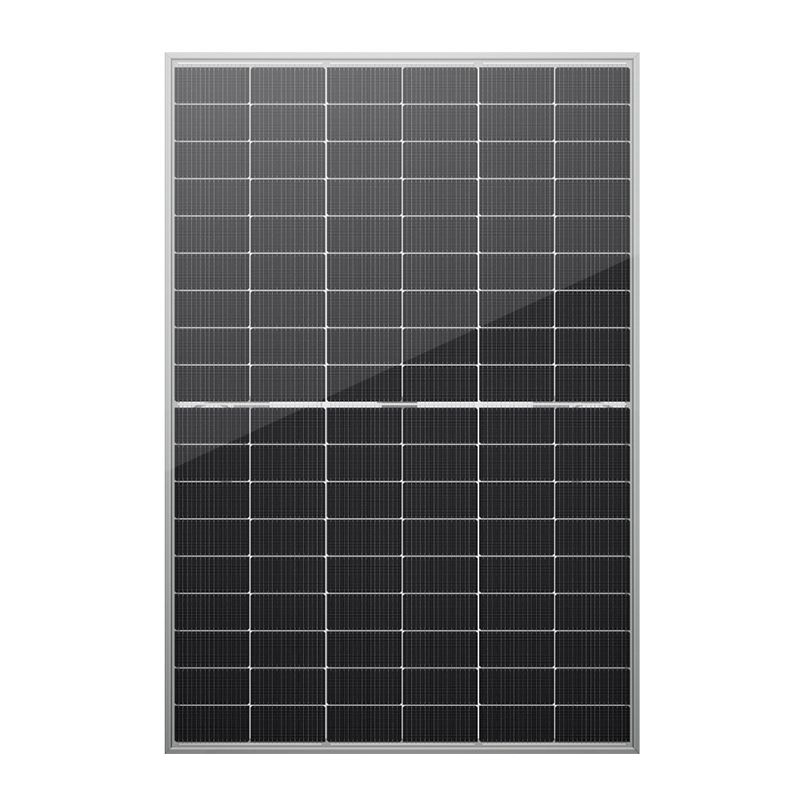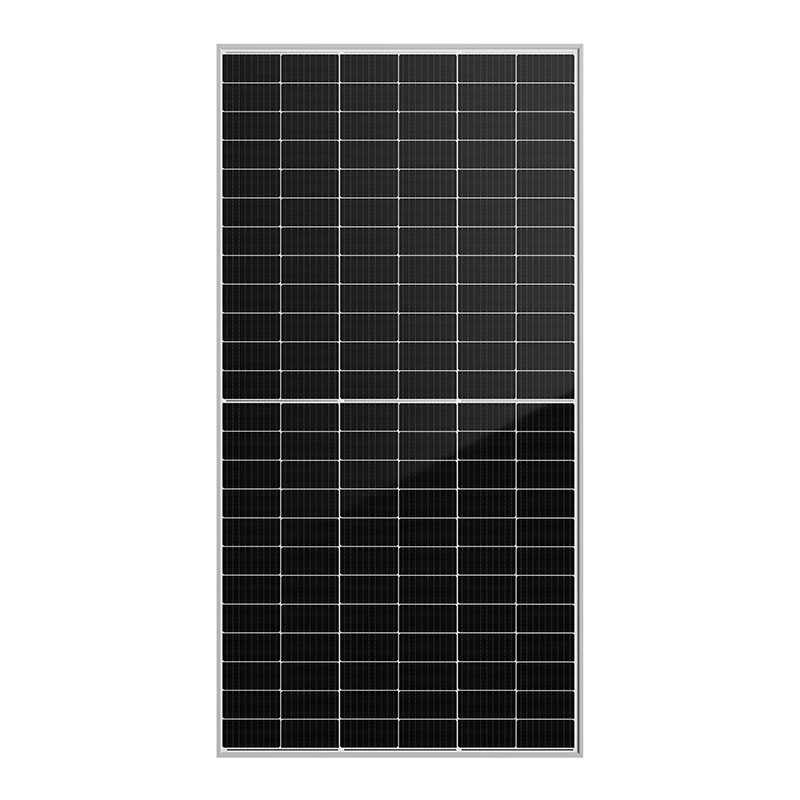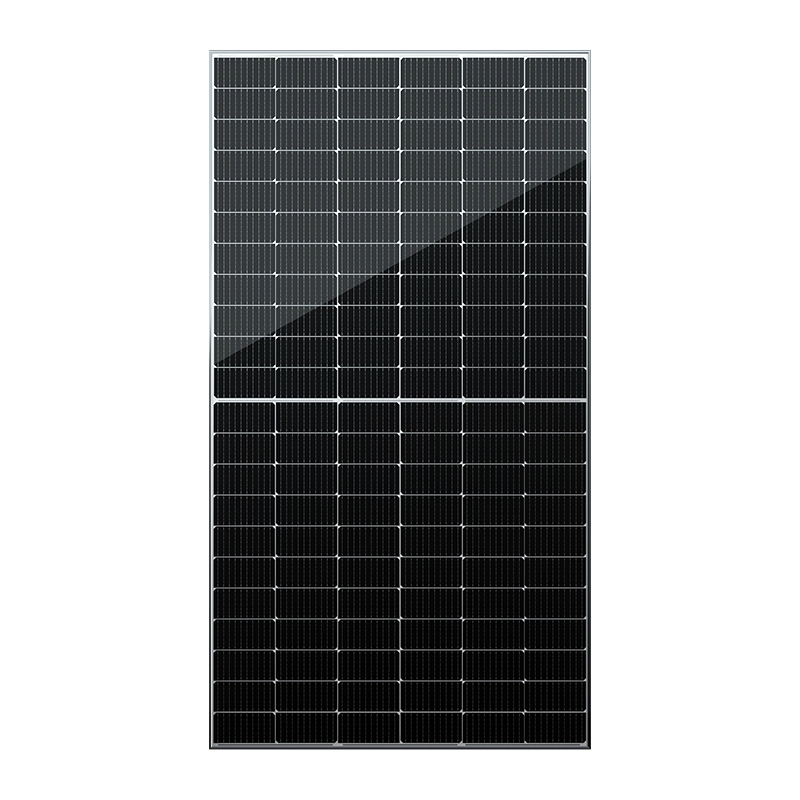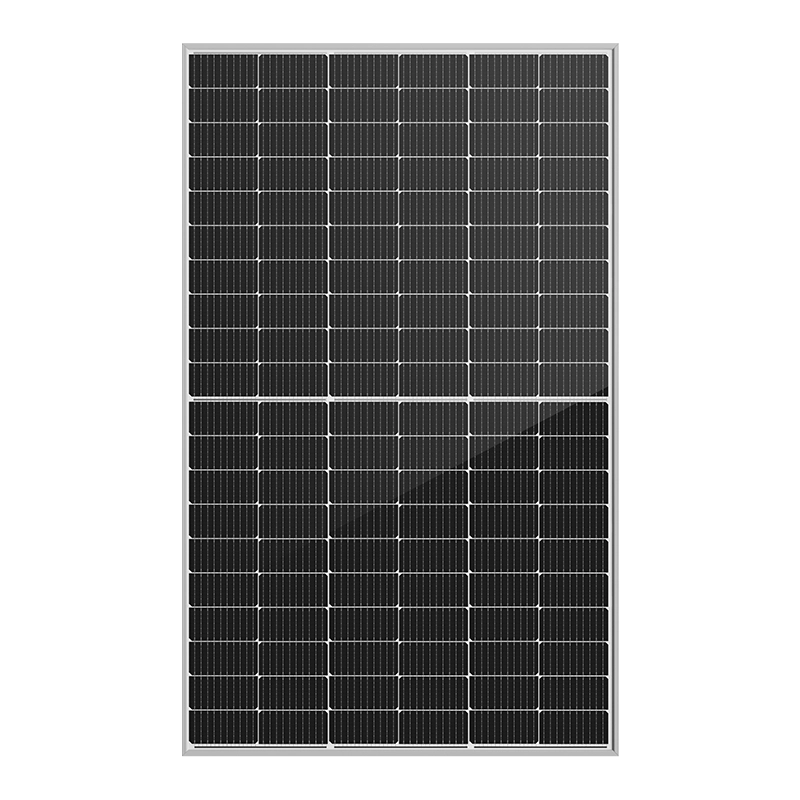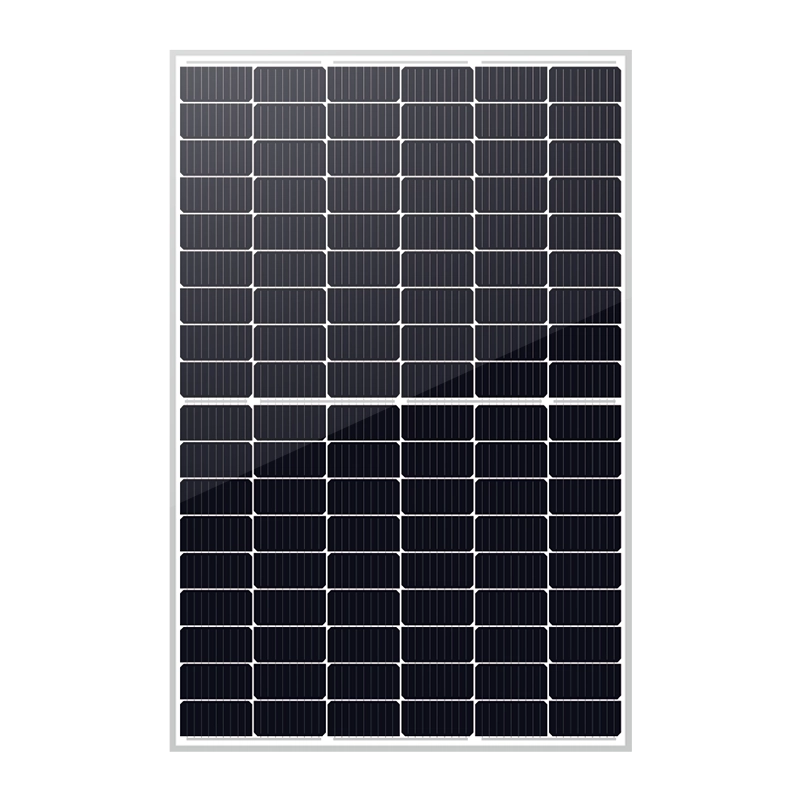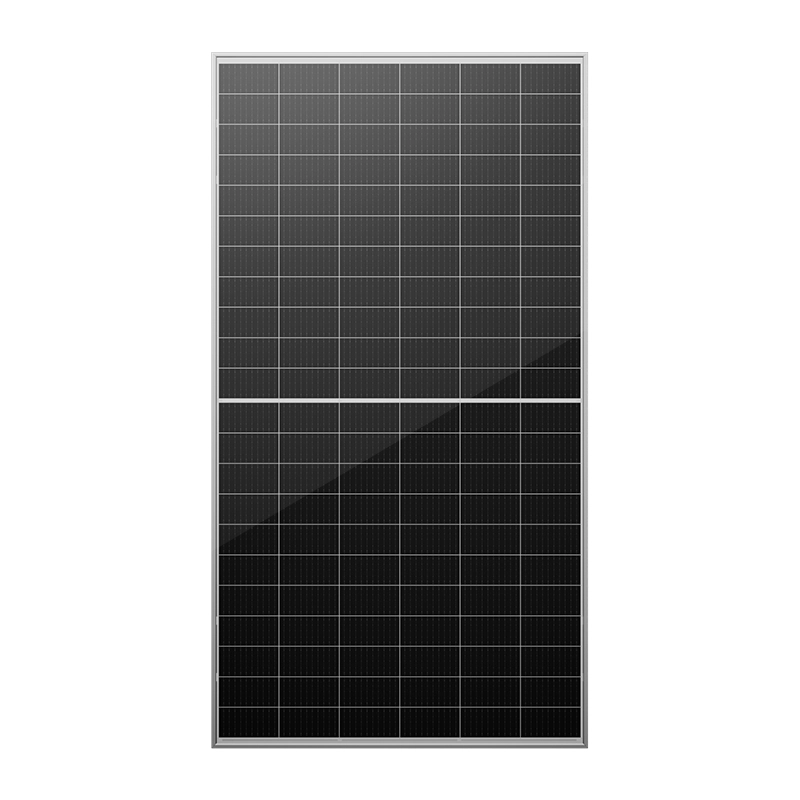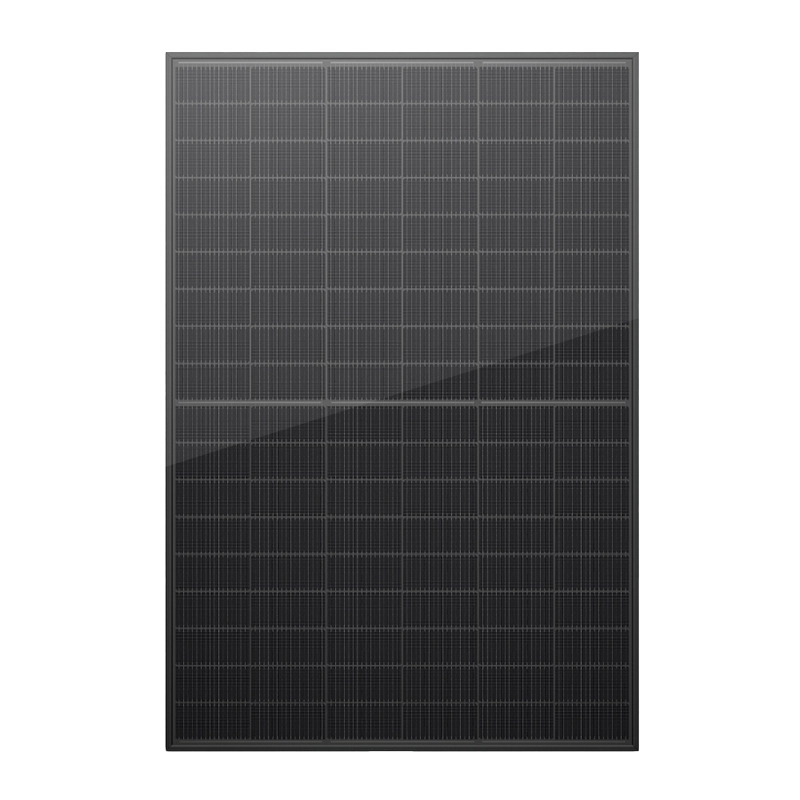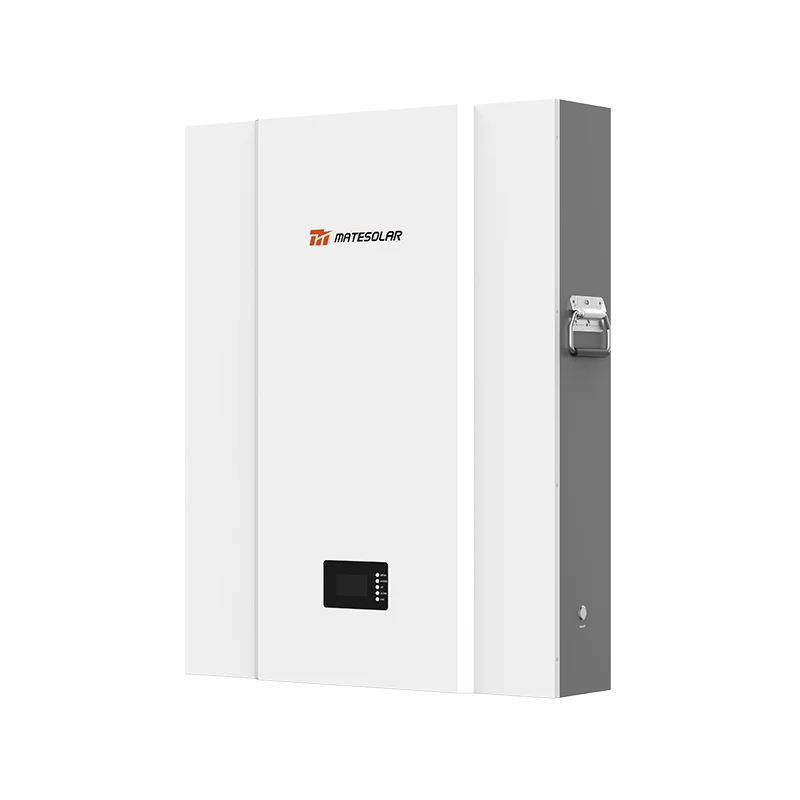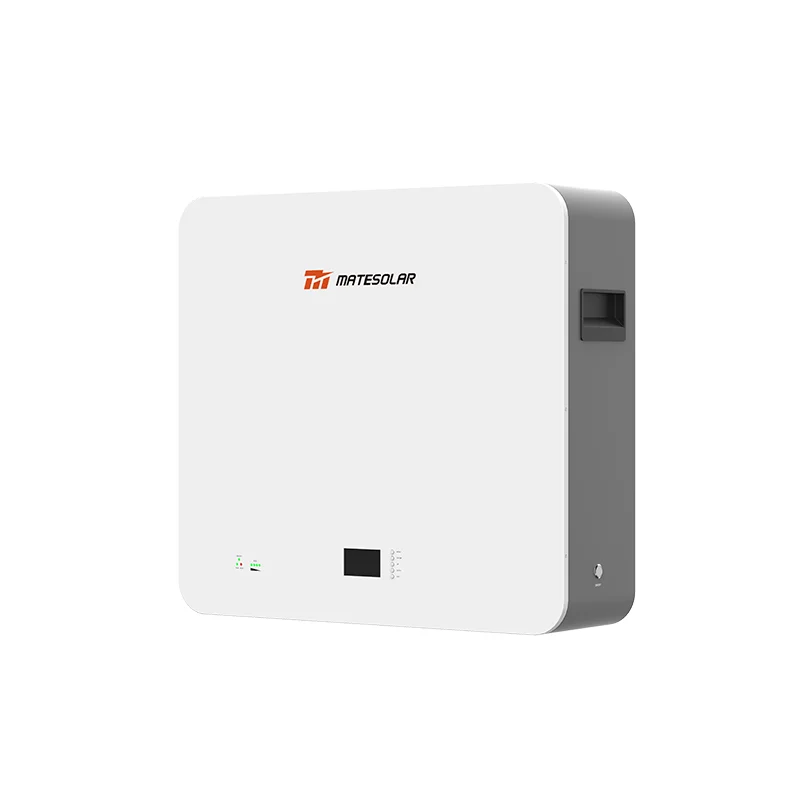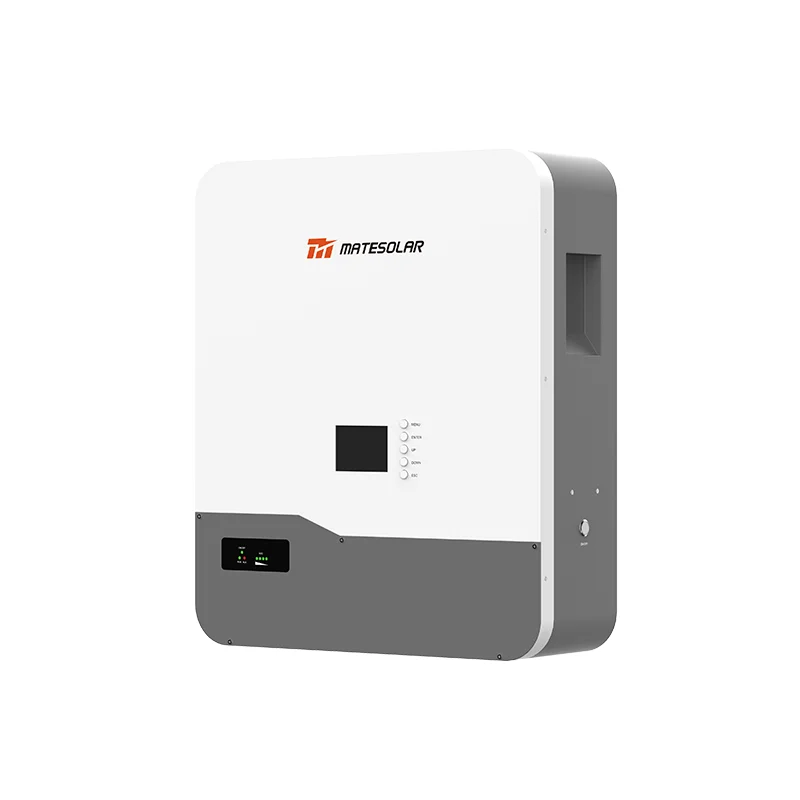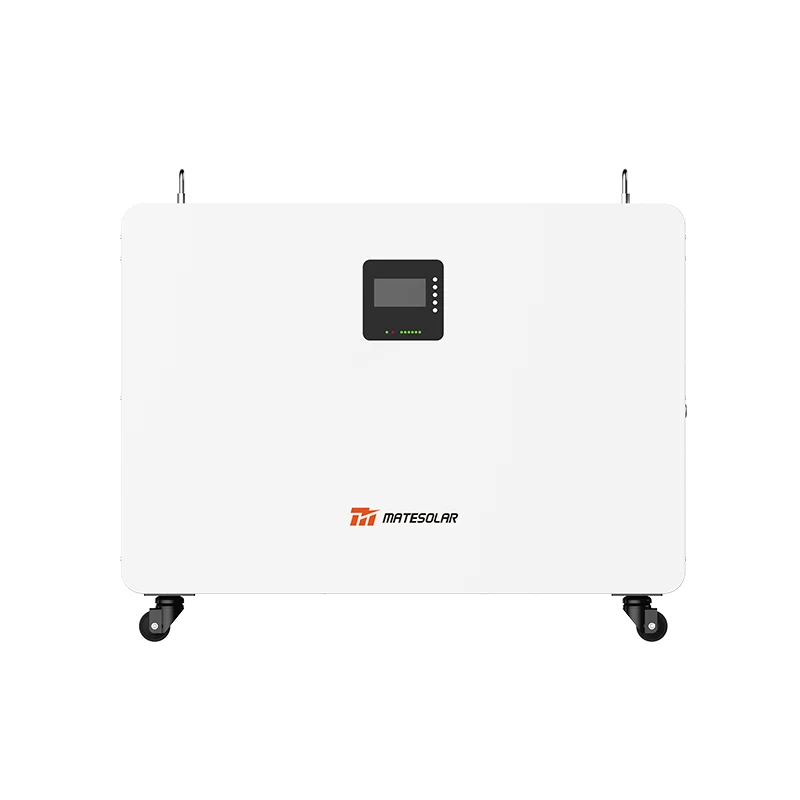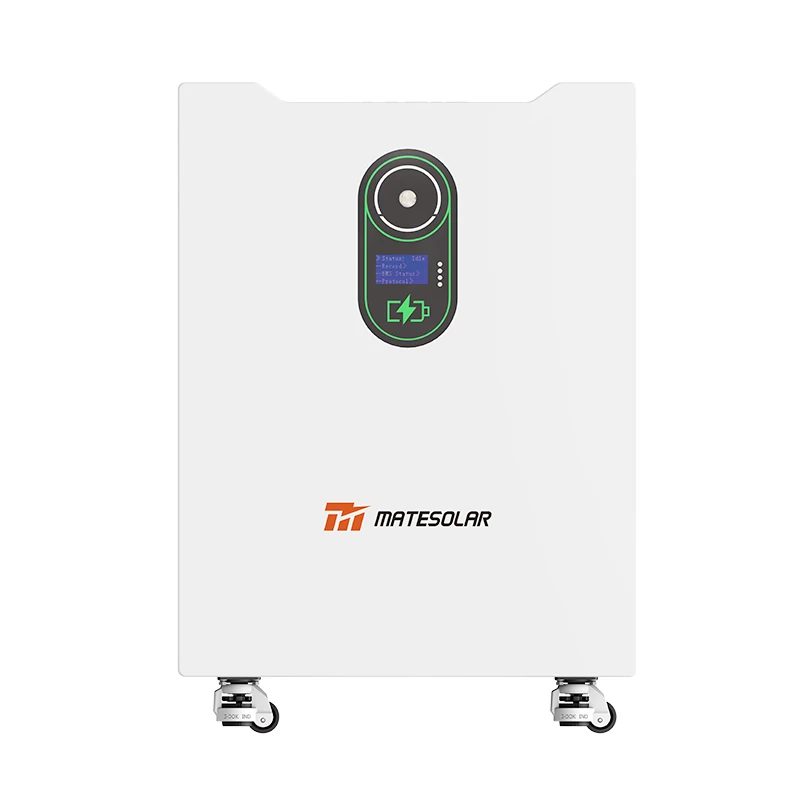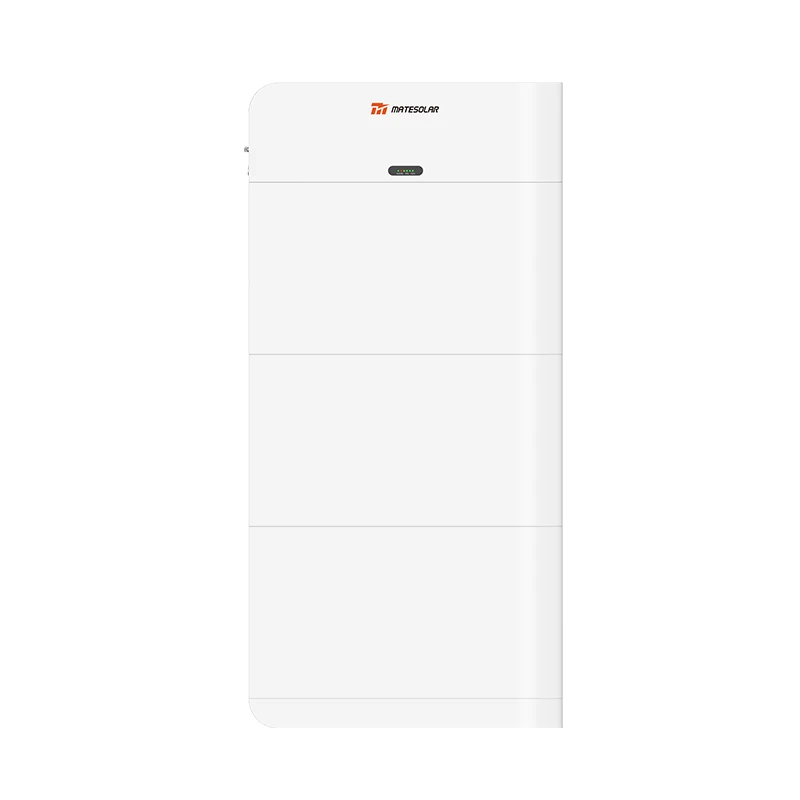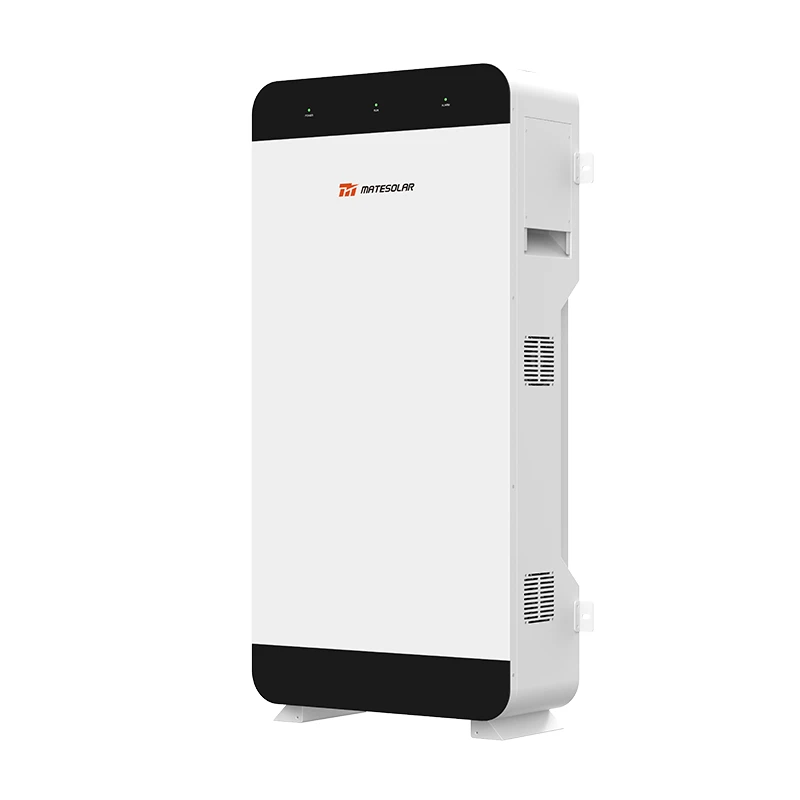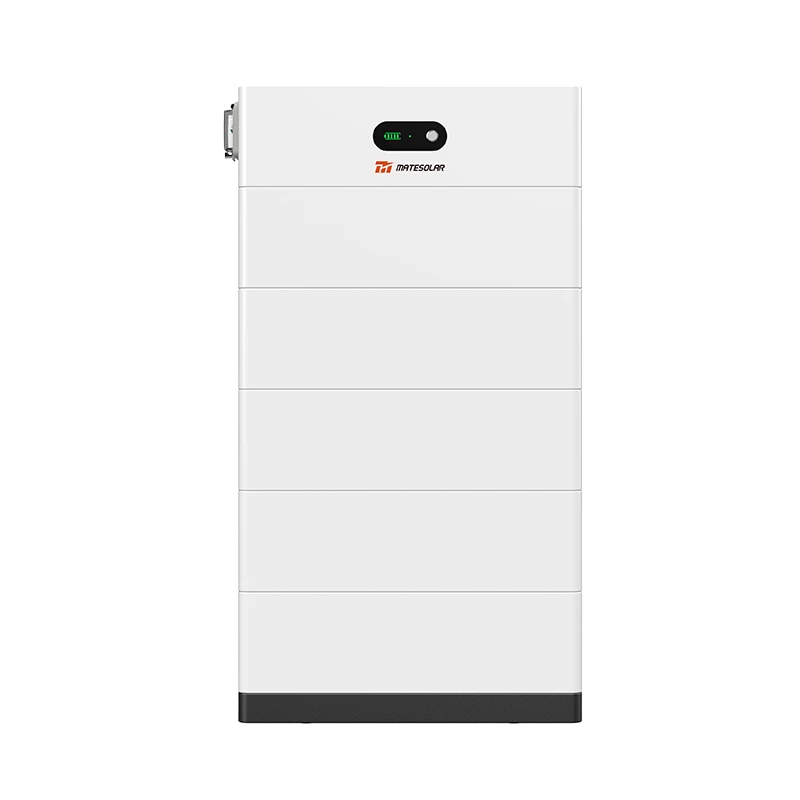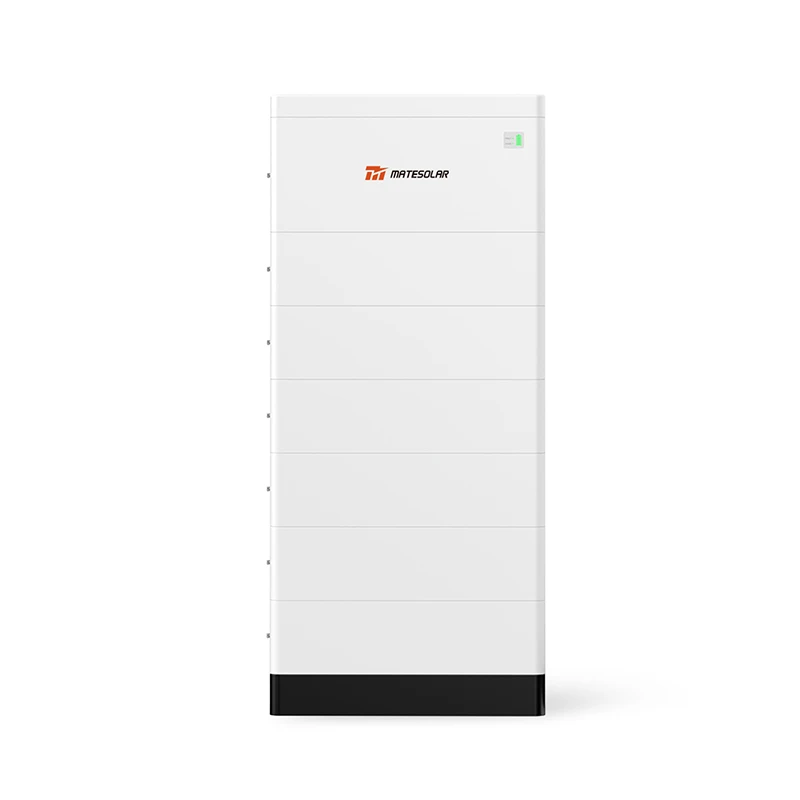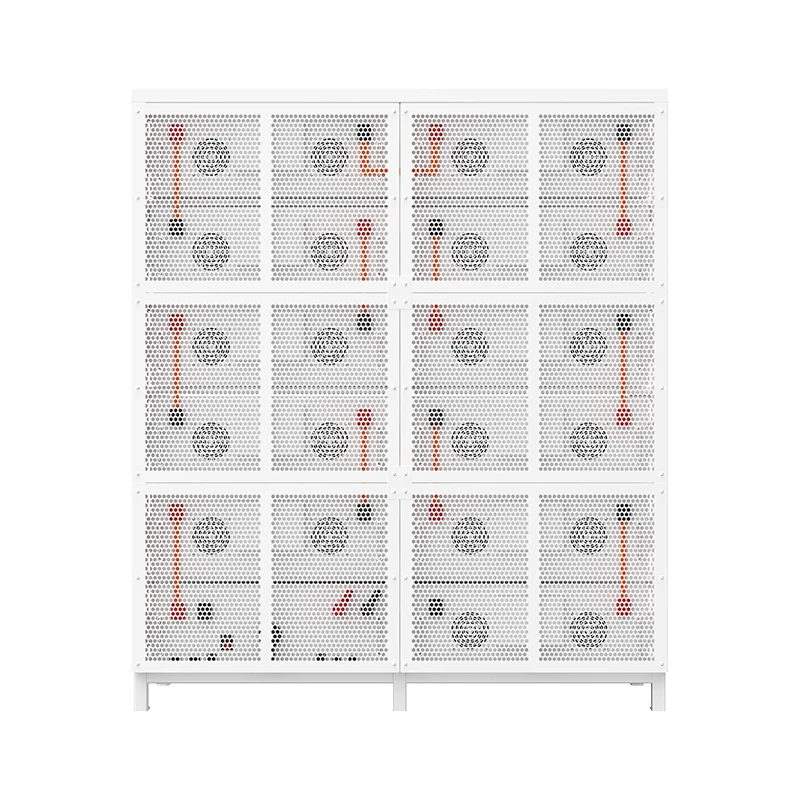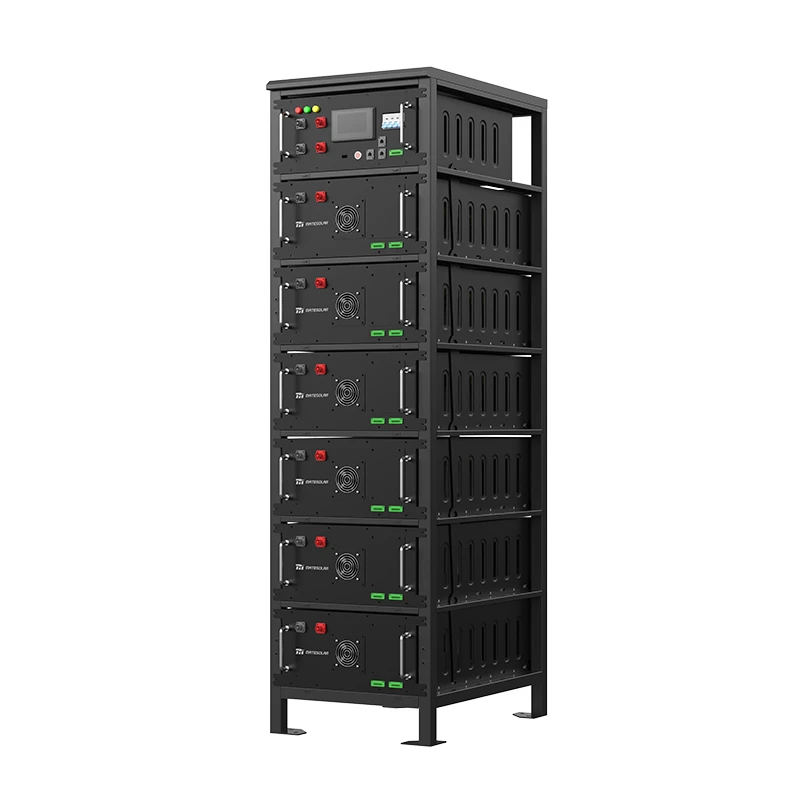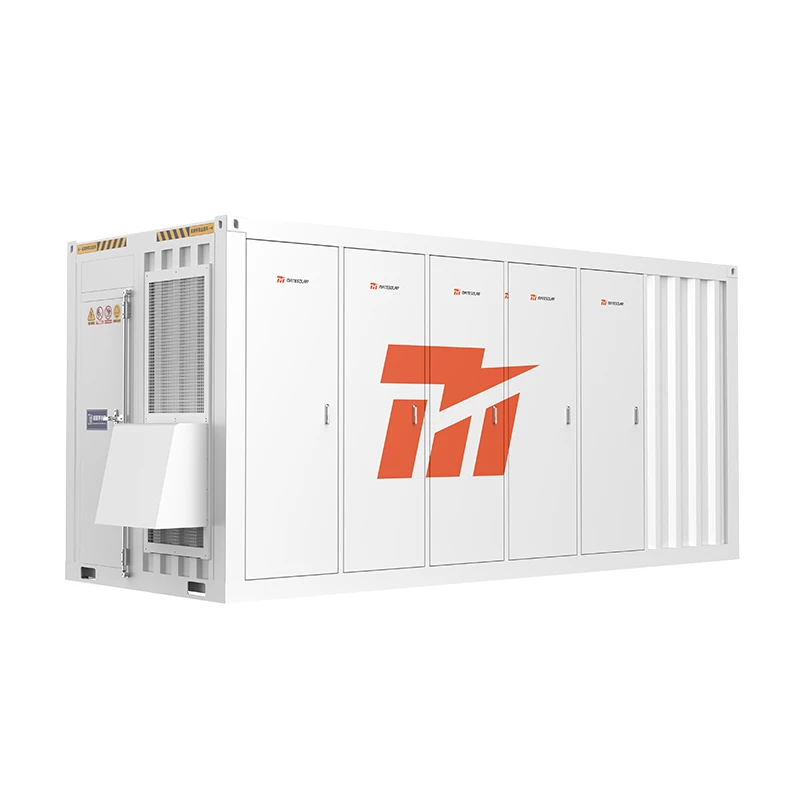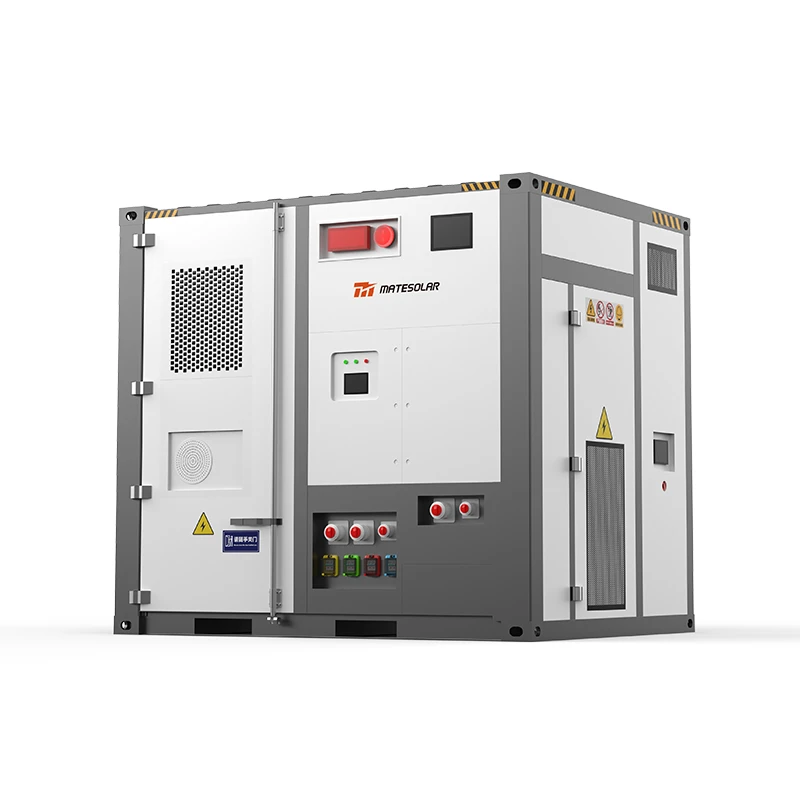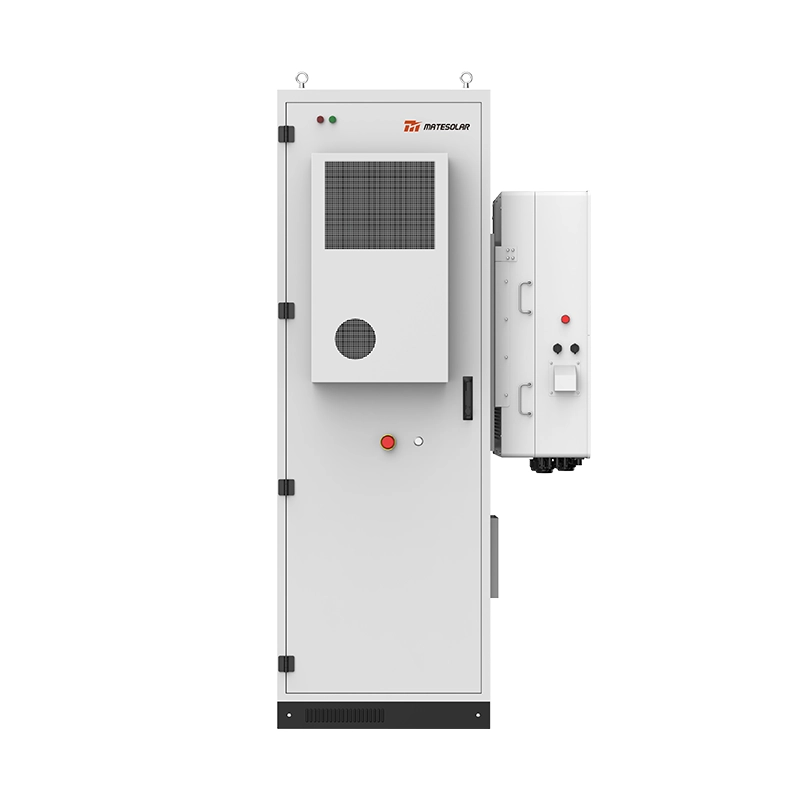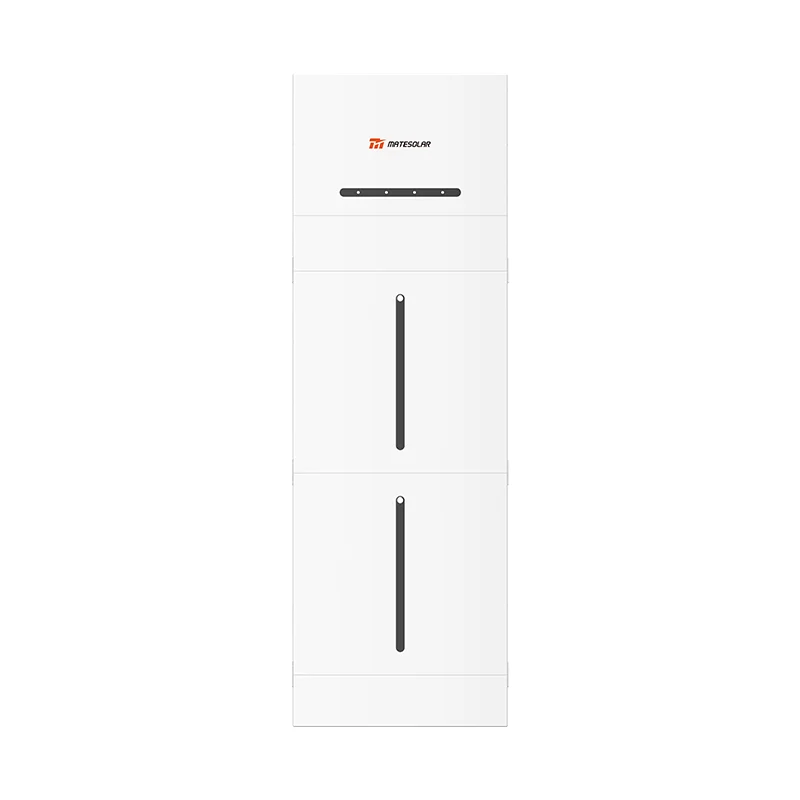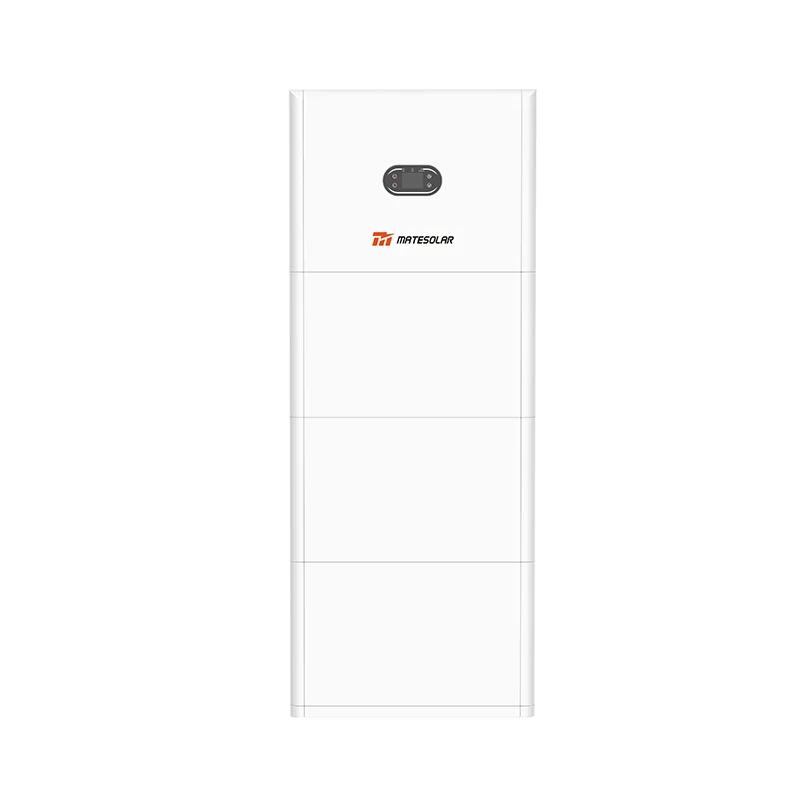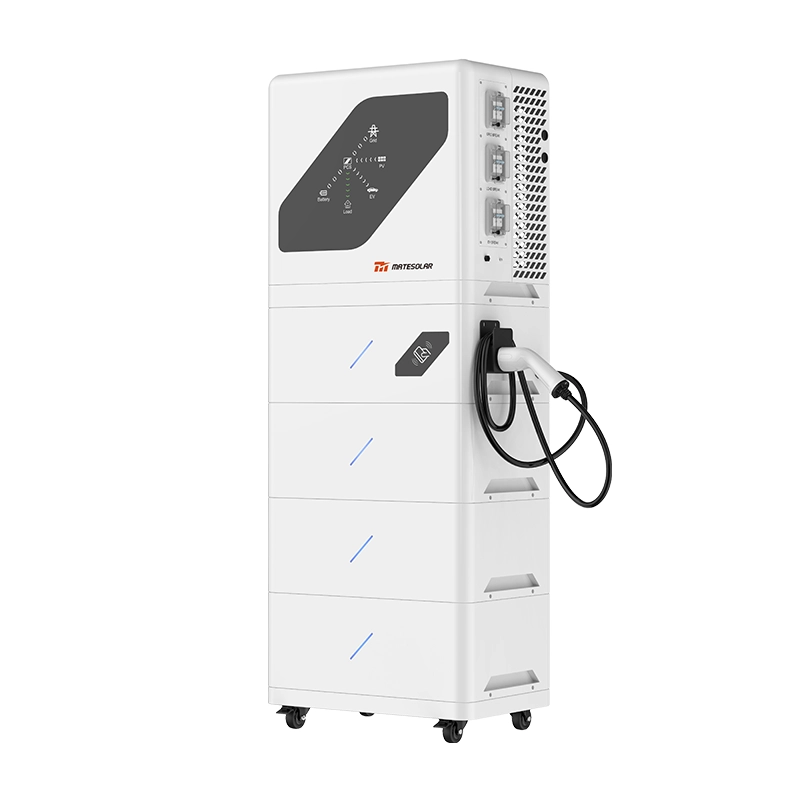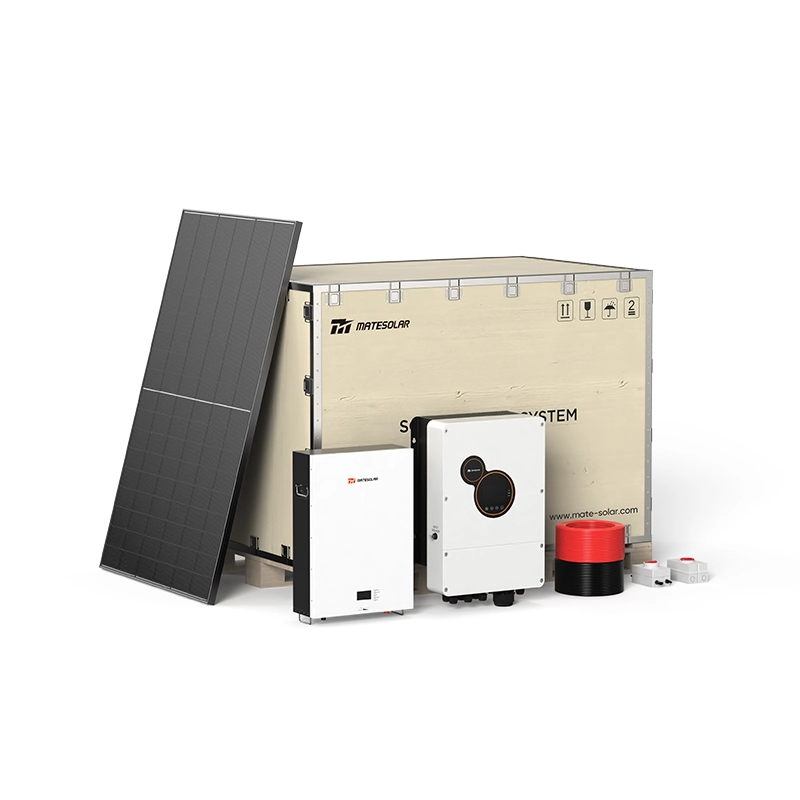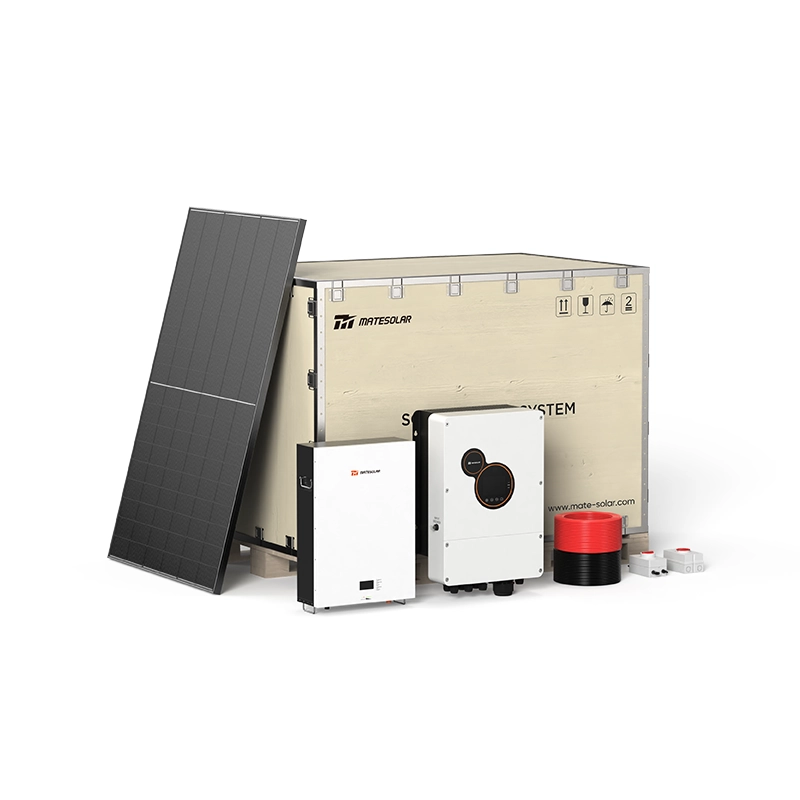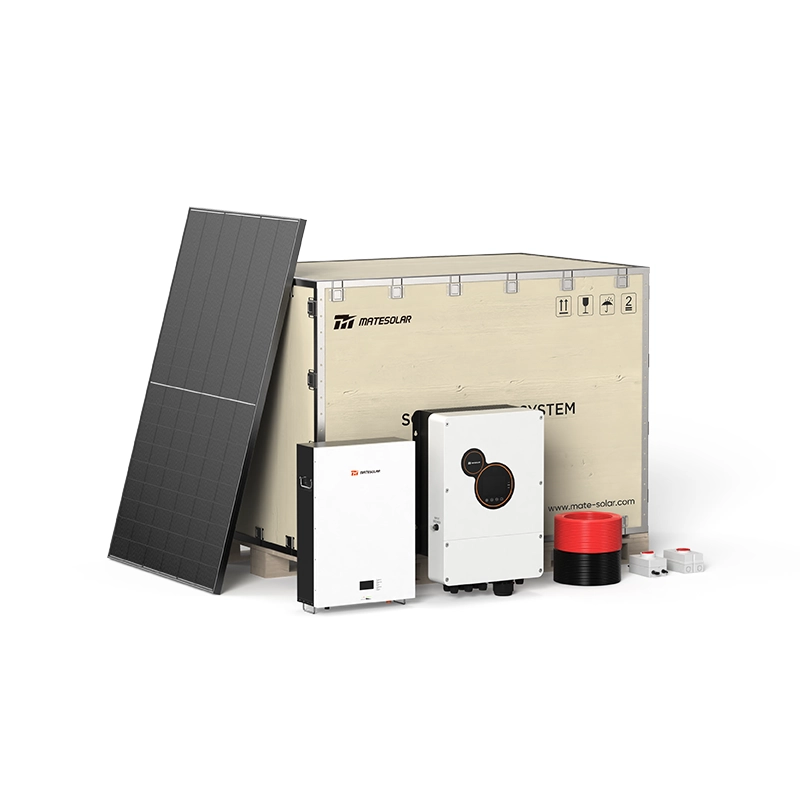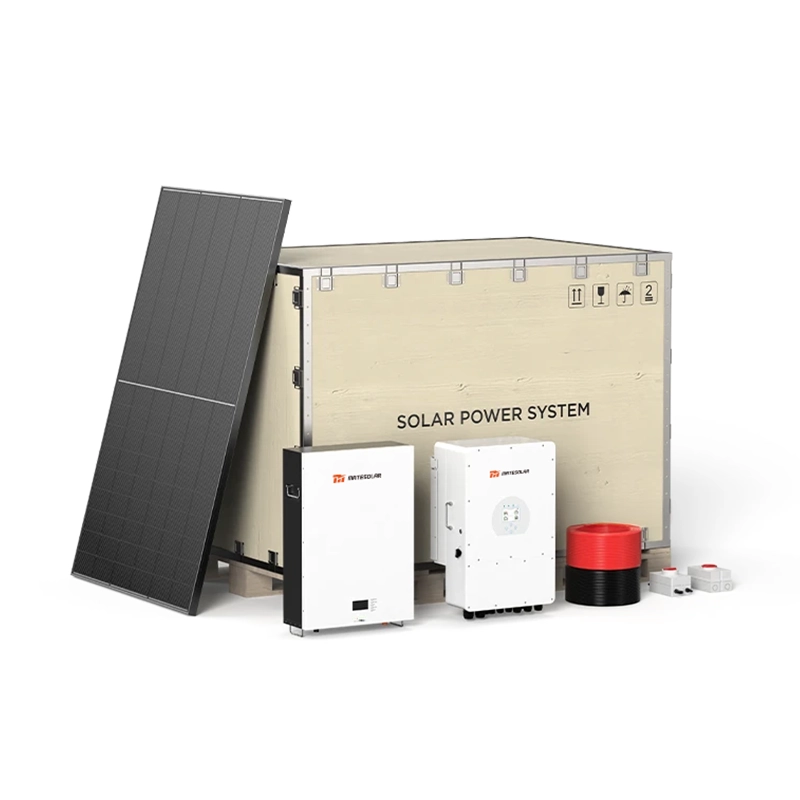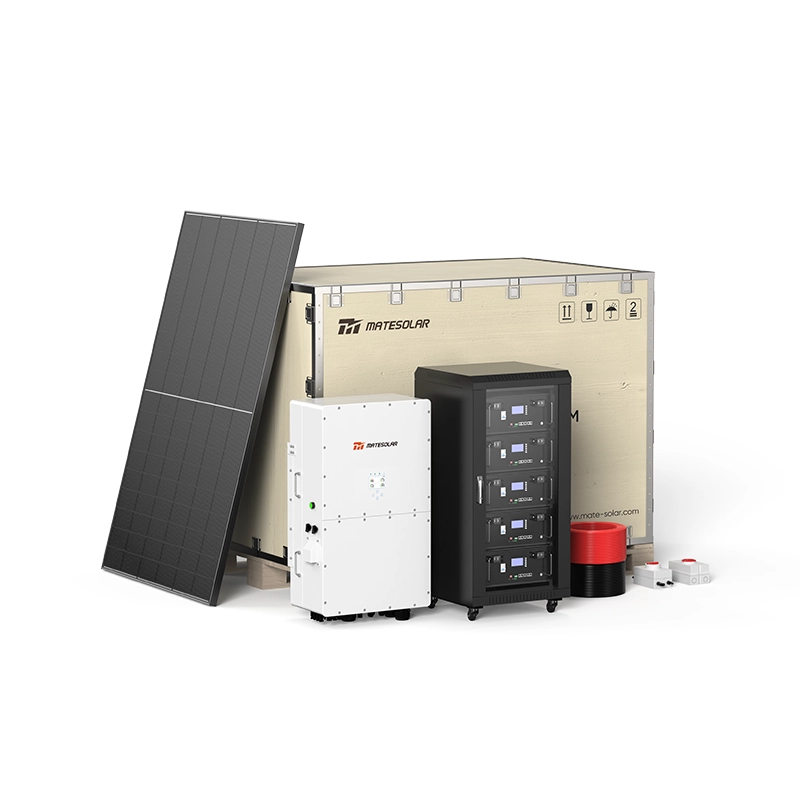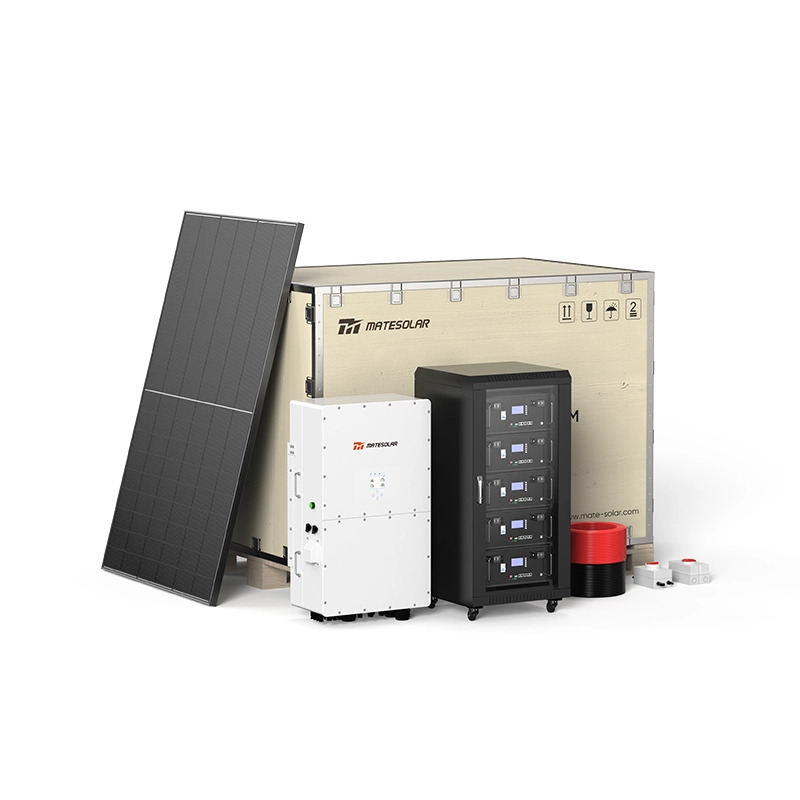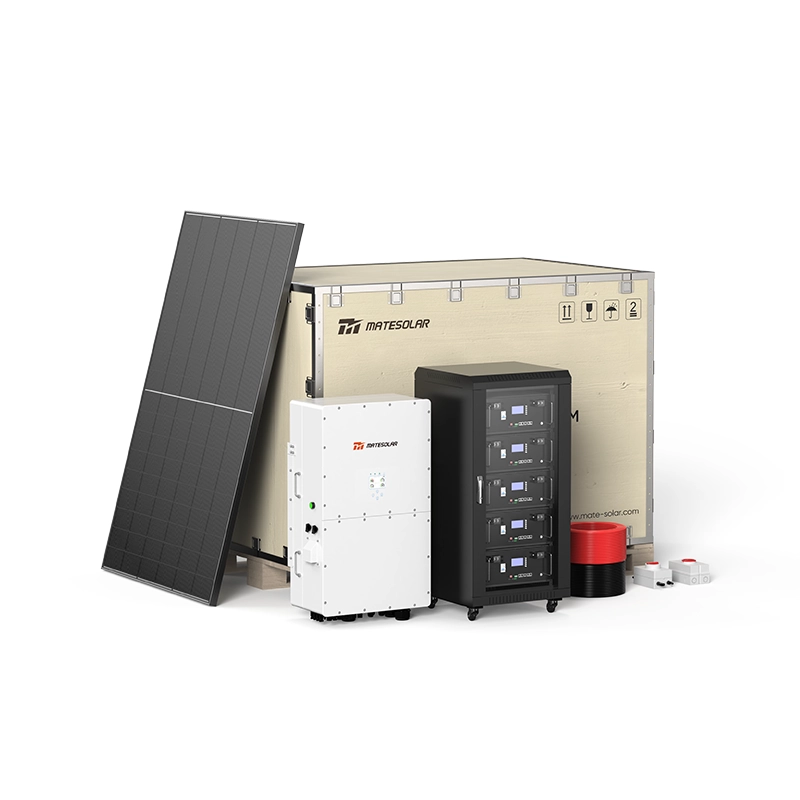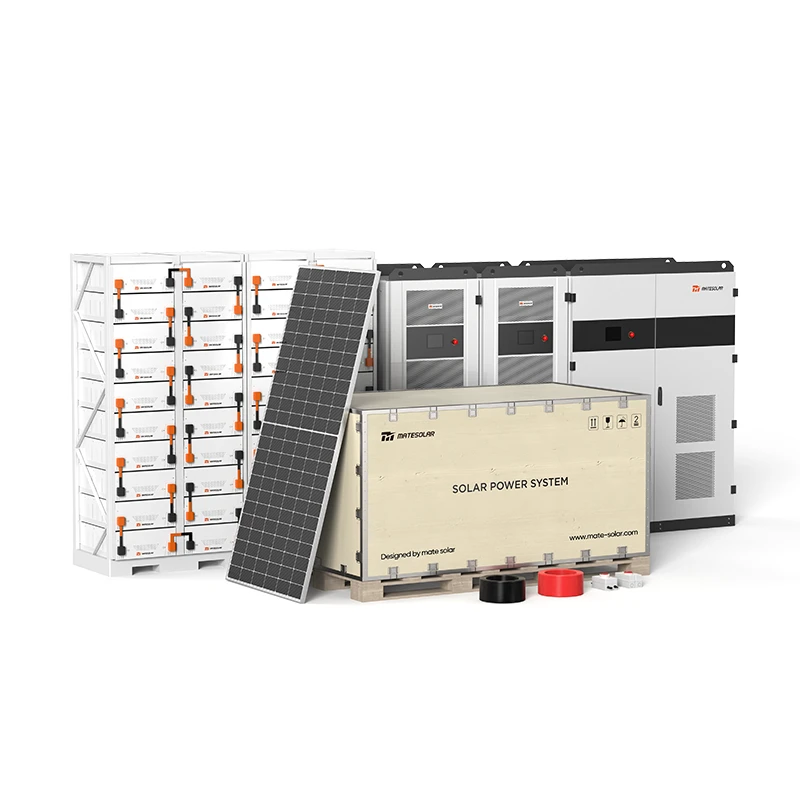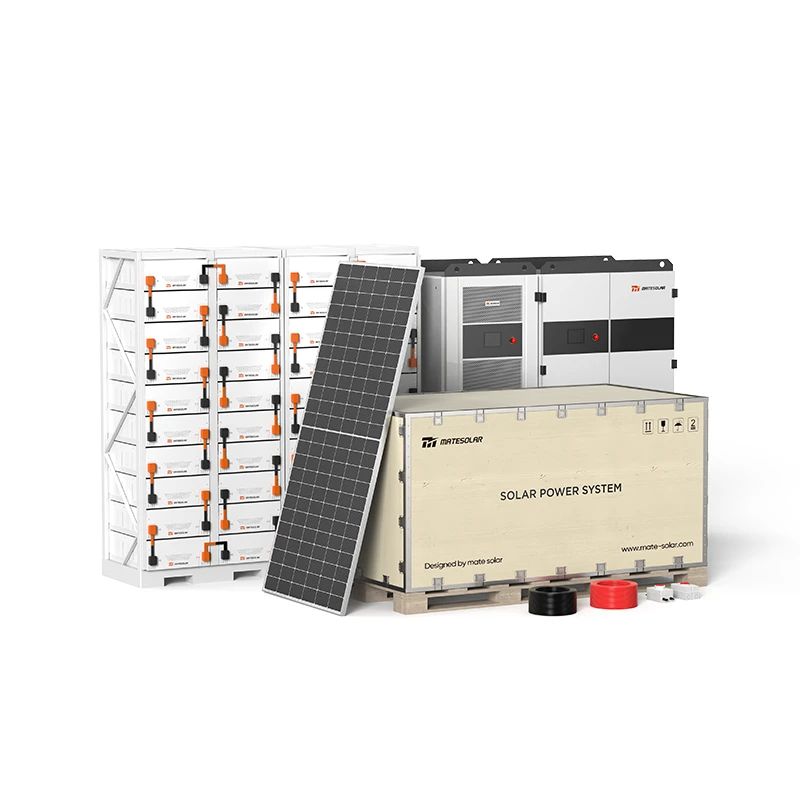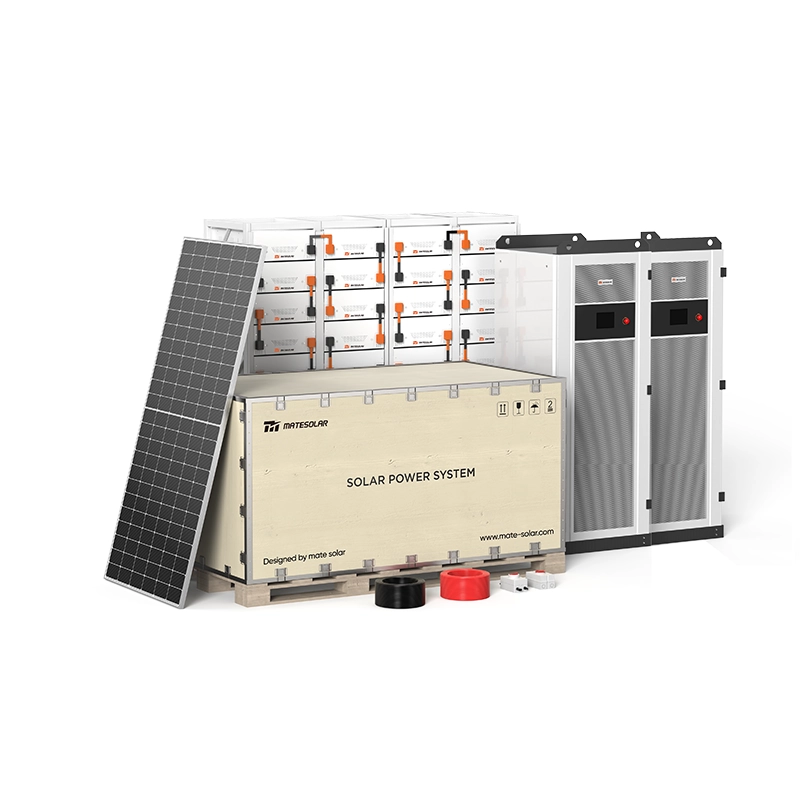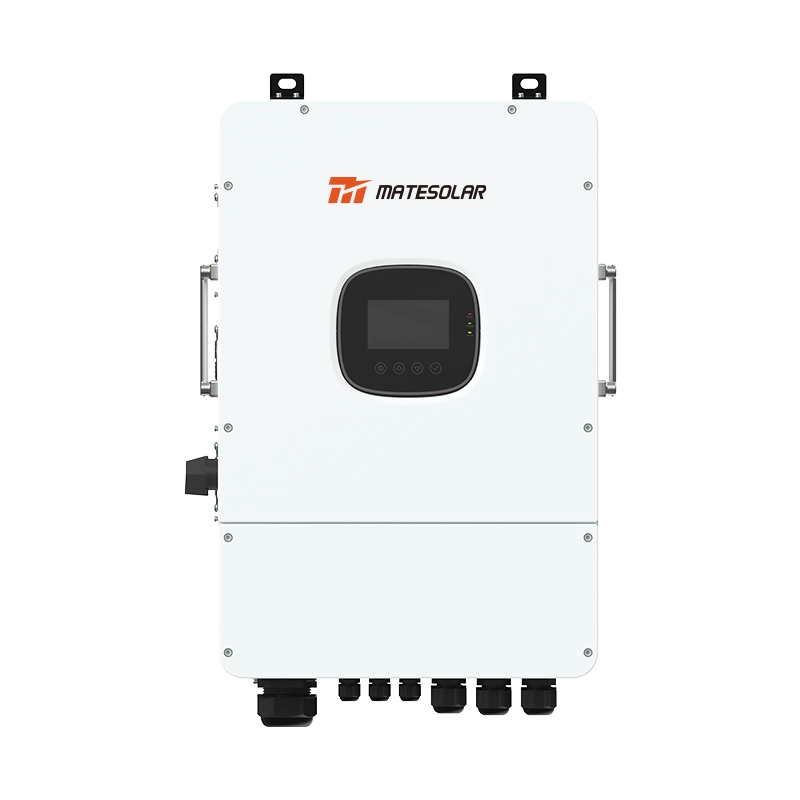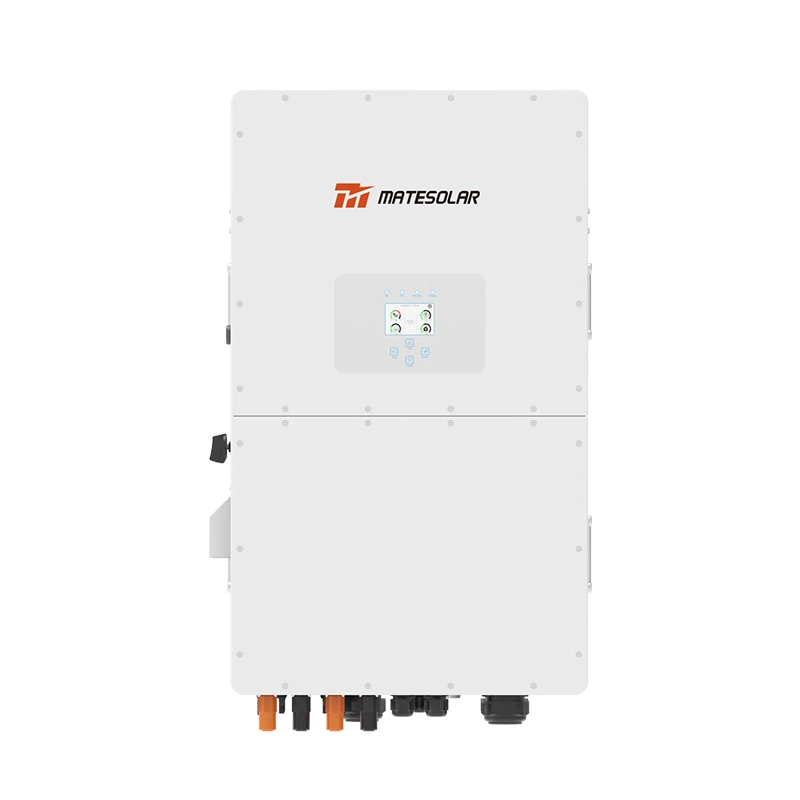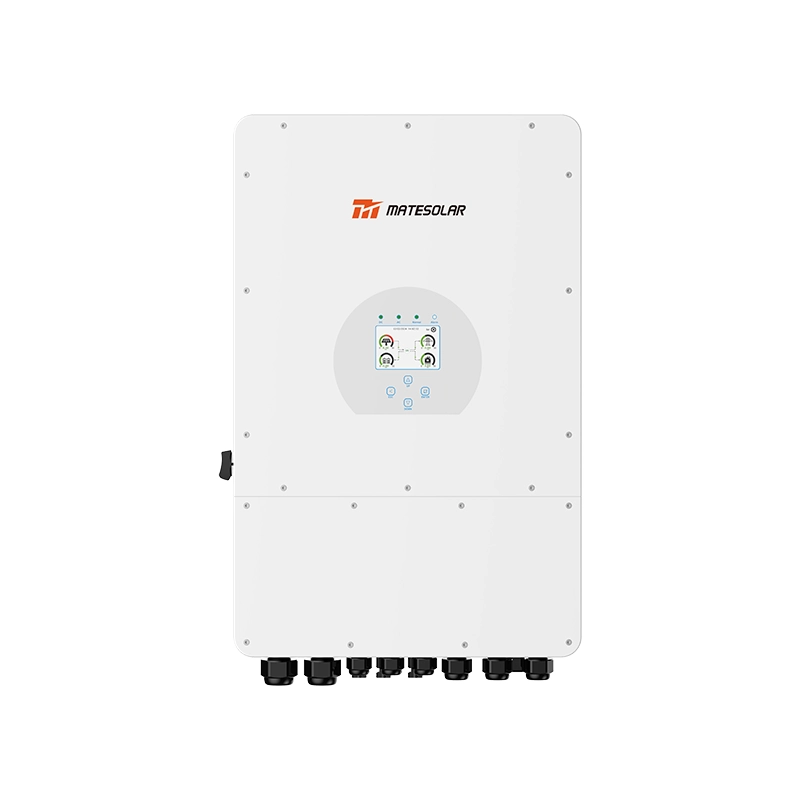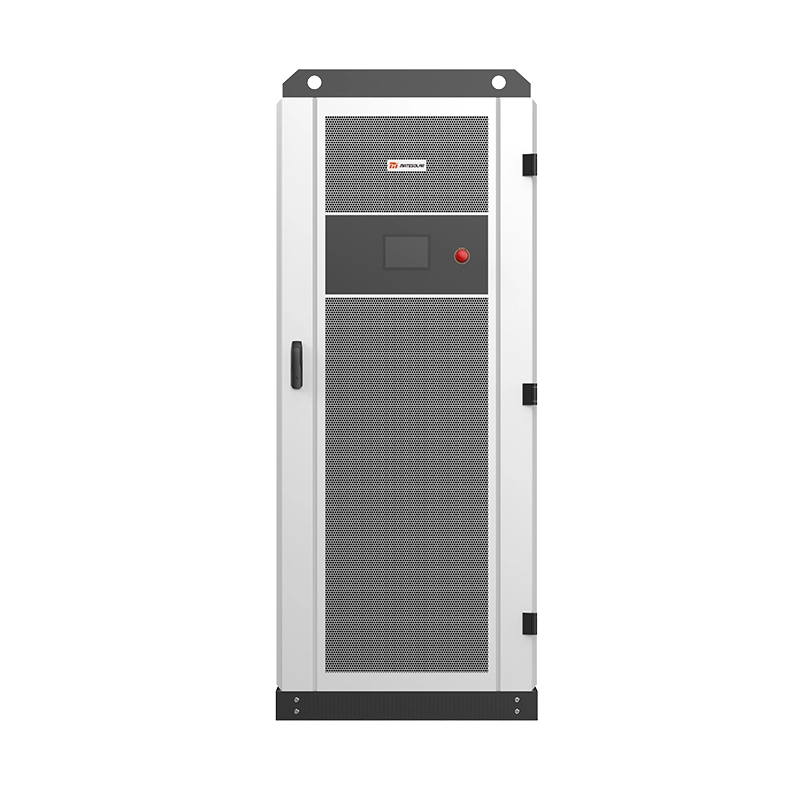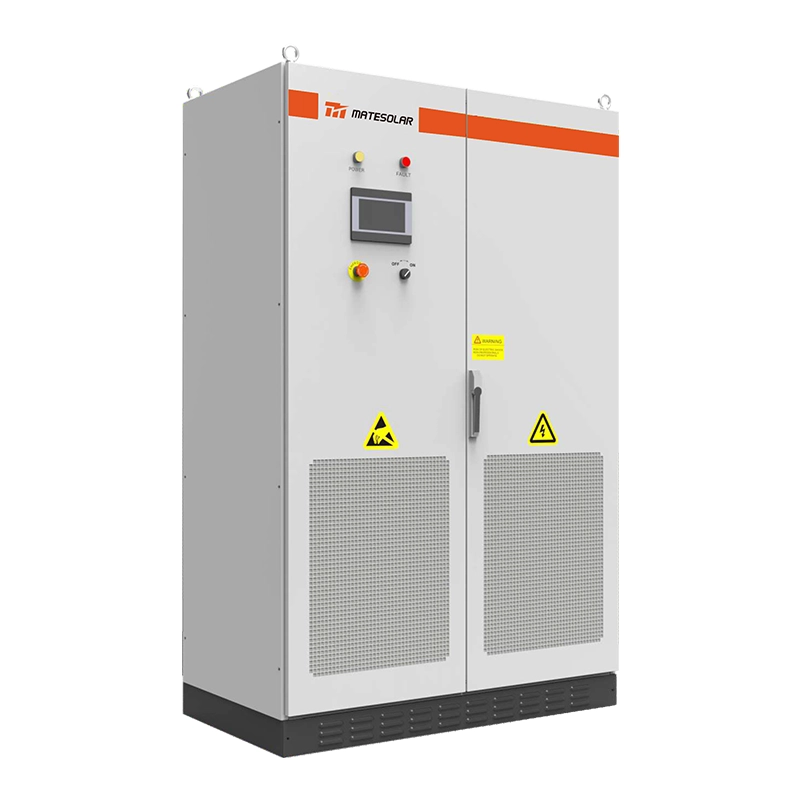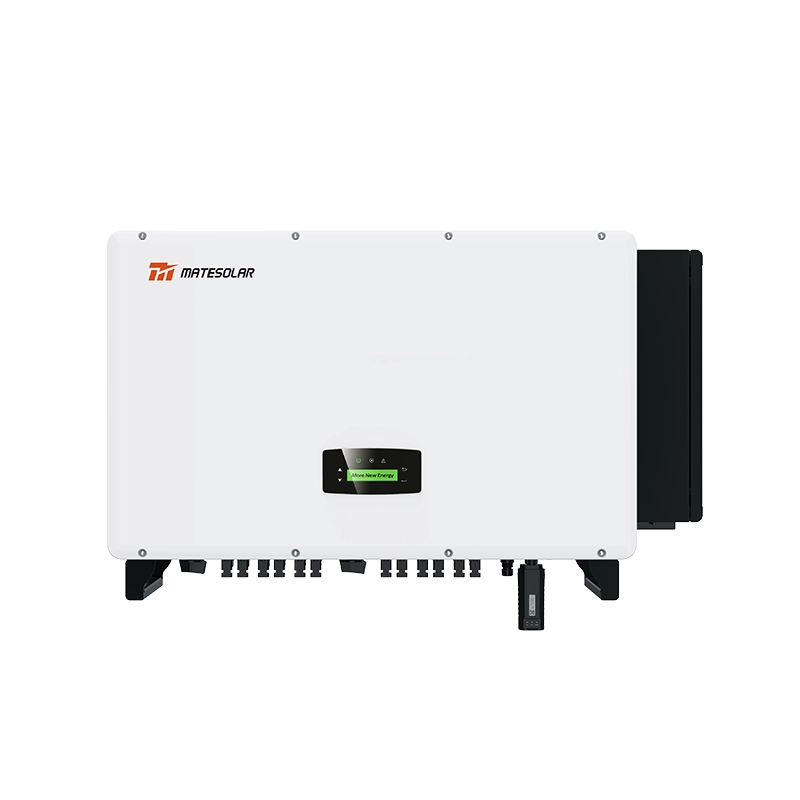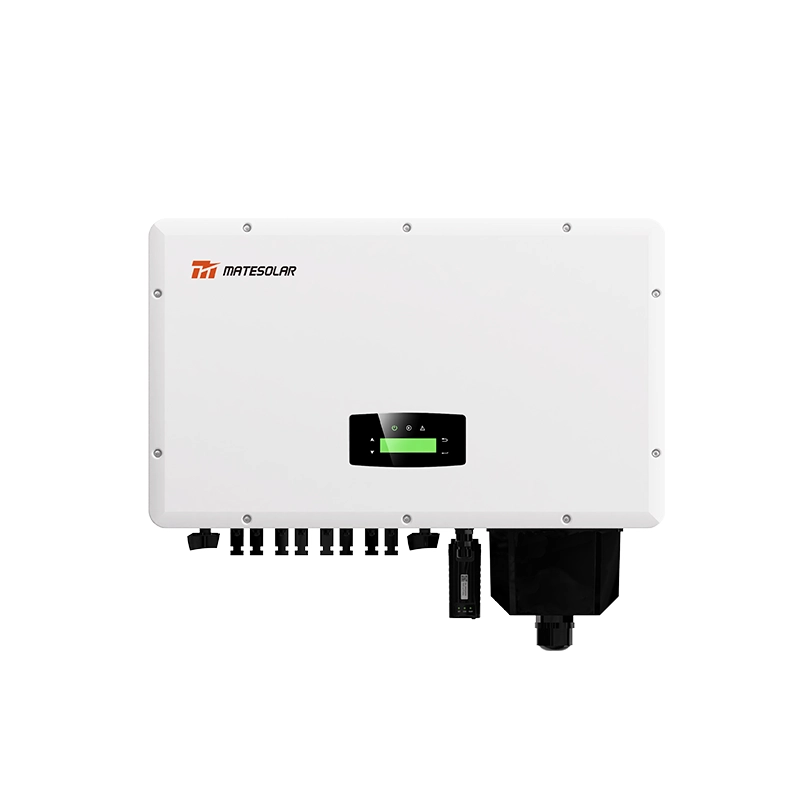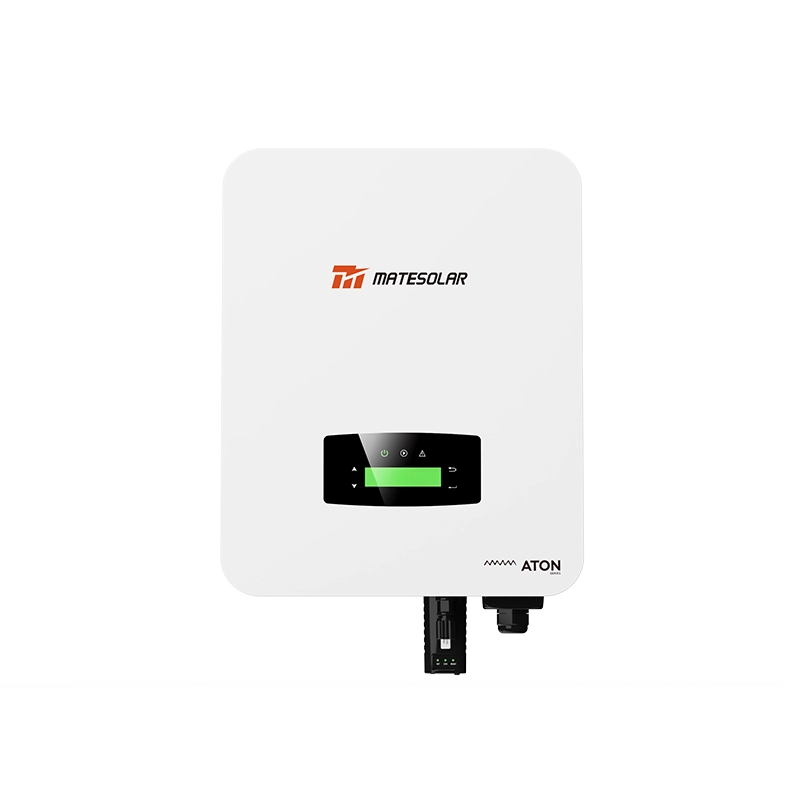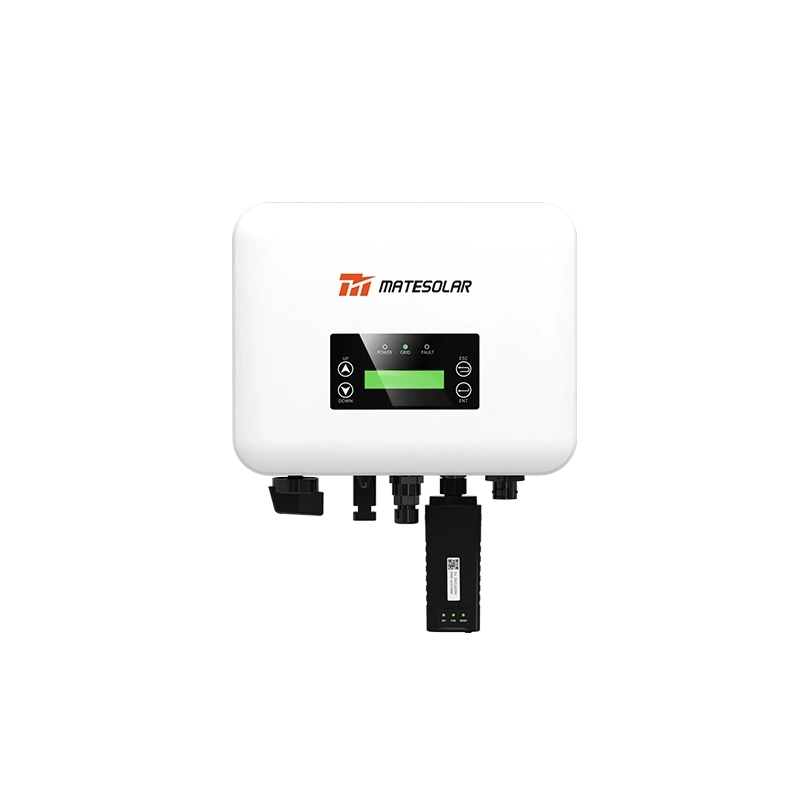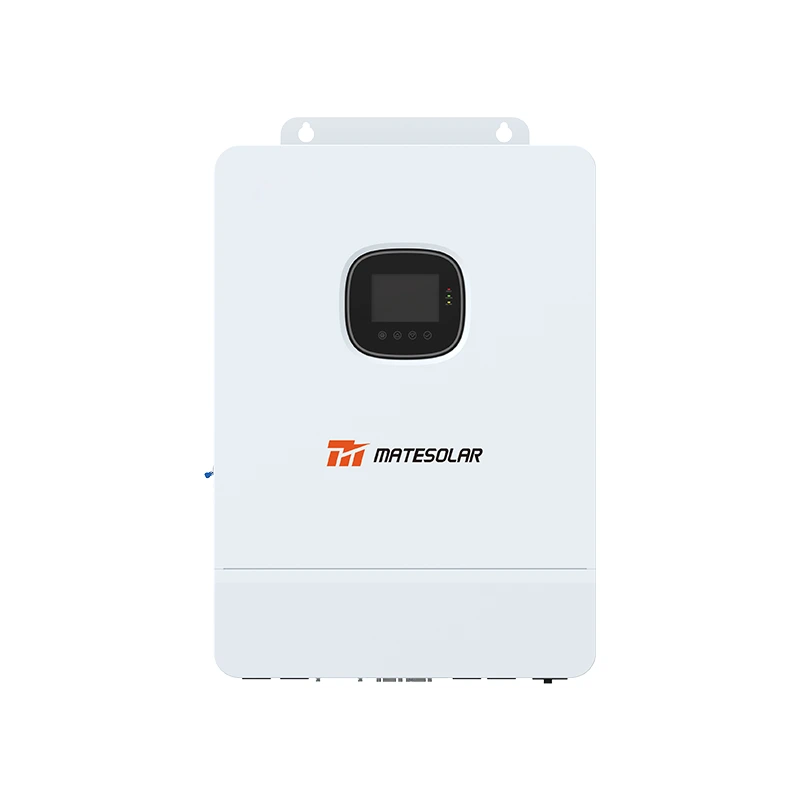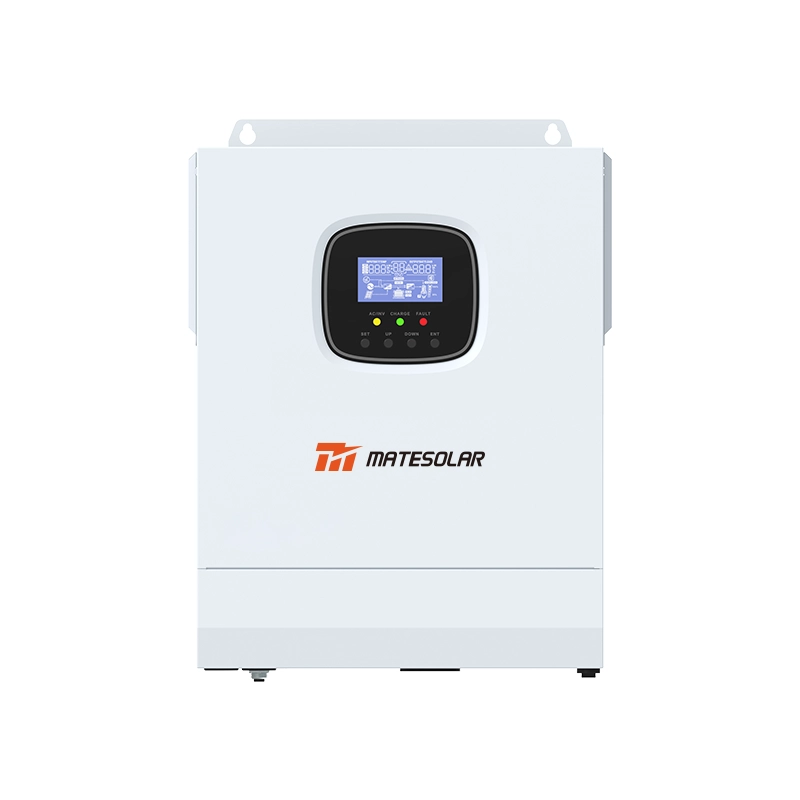
In the dynamic landscape of renewable energy, the convergence of photovoltaic (PV) systems and smart grid technology is reshaping how solar energy is generated, stored, and utilized. Mate Solar, a trailblazer in the PV and energy storage sector, is spearheading this transformation by integrating advanced smart grid capabilities into its solar solutions. This integration not only enhances the efficiency and profitability of solar energy systems but also paves the way for a more resilient and sustainable energy infrastructure.
The Synergy Between Smart Grids and Solar Energy
Smart grids represent a paradigm shift in energy management. Unlike conventional grids, which operate on a one-way flow of electricity from centralized power plants to consumers, smart grids utilize digital communication technologies, sensors, and automation to create a two-way flow of energy and information. This enables real-time monitoring, control, and optimization of energy distribution, making them ideal for integrating intermittent renewable energy sources like solar power.
For solar energy systems, smart grid integration unlocks several critical advantages:
1、Dynamic Energy Management: Smart grids enable precise monitoring of energy generation and consumption patterns. This allows users to align their energy usage with periods of high solar production or low grid demand, maximizing self-consumption and minimizing reliance on grid electricity.
2、Grid Stability and Resilience: The intermittent nature of solar energy poses challenges for grid stability. Smart grids mitigate these challenges by balancing supply and demand in real time, incorporating energy storage systems, and even enabling distributed energy resources (DERs) to provide grid services like frequency regulation and voltage support.
3、Financial Optimization: Utilities increasingly offer time-of-use (TOU) pricing, net metering, and demand response programs. Smart grid-integrated systems can automatically adjust energy usage and storage to capitalize on these programs, significantly enhancing the financial returns of solar investments.
4、Scalability and Future-Proofing: As the share of renewable energy in the grid grows, smart grids provide the flexibility needed to accommodate higher levels of solar penetration. This ensures that solar energy systems remain viable and profitable in the long term.
Mate Solar’s Advanced Smart Grid-Integrated Solutions
Mate Solar is at the forefront of integrating smart grid technology with PV and energy storage systems. The company’s solutions are designed to deliver superior performance, reliability, and profitability, empowering users to harness the full potential of solar energy.
Core Features of Mate Solar’s Smart Grid-Integrated Systems:
1、Real-Time Energy Monitoring and Analytics:
Mate Solar’s systems are equipped with advanced monitoring platforms that provide granular insights into energy production, consumption, and storage. Users can track performance metrics, identify inefficiencies, and optimize energy usage patterns through intuitive dashboards.
2、Automated Demand Response (ADR):
By leveraging real-time grid signals, Mate Solar’s systems can automatically adjust energy consumption and storage to participate in demand response programs. This not only reduces peak demand charges but also generates additional revenue through utility incentives.
3、Battery Storage Optimization:
Mate Solar’s energy storage solutions are seamlessly integrated with smart grids, enabling users to store excess solar energy during periods of low demand and discharge it during peak hours or grid outages. This maximizes the value of stored energy and enhances system resilience.
4、Grid Services Participation:
Mate Solar’s systems are capable of providing ancillary grid services, such as frequency regulation, voltage support, and reactive power control. These services not only stabilize the grid but also create new revenue streams for system owners.
5、Predictive Maintenance and Diagnostics:
Utilizing machine learning algorithms, Mate Solar’s systems can predict potential equipment failures and optimize maintenance schedules. This reduces downtime and extends the lifespan of the system, further enhancing its economic viability.
Quantifying the Benefits: A Data-Driven Analysis
To illustrate the transformative impact of smart grid integration, the following table compares the performance of a traditional solar energy system with a smart grid-integrated system over a one-year period. The analysis assumes a 10 kW residential solar installation with a 15 kWh battery storage system in a region with TOU pricing and demand response programs.
| Metric | Traditional Solar System | Smart Grid-Integrated System | Improvement |
| Energy Cost Savings (%) | 20% | 35% | +15% |
| Peak Demand Reduction (%) | 10% | 25% | +15% |
| Revenue from Grid Services ($) | $0 | $500 | +$500 |
| Carbon Emissions Reduction (tons CO₂) | 5 tons | 8 tons | +3 tons |
| System ROI (Return on Investment) (%) | 8% | 12% | +4% |
Key Insights:
- Energy Cost Savings: Smart grid integration increases energy cost savings by 15%, primarily through optimized self-consumption and participation in TOU pricing programs.
- Peak Demand Reduction: By reducing peak demand charges, smart grid-integrated systems lower electricity bills and enhance grid stability.
- Revenue from Grid Services: Ancillary grid services provide an additional revenue stream, further improving the system’s financial performance.
- Environmental Impact: The increased efficiency and utilization of solar energy result in a 60% greater reduction in carbon emissions compared to traditional systems.
The Broader Implications for the Energy Ecosystem
The integration of smart grids with solar energy systems extends beyond individual benefits. It plays a pivotal role in advancing the global transition to a clean energy future:
1、Decentralization of Energy Systems: Smart grids enable the proliferation of distributed energy resources (DERs), reducing reliance on centralized power plants and enhancing energy security.
2、Enhanced Grid Flexibility: By incorporating renewable energy sources and energy storage, smart grids improve the grid’s ability to handle fluctuations in supply and demand.
3、Accelerated Adoption of Renewables: The financial and operational benefits of smart grid-integrated systems make solar energy more accessible and attractive to a broader range of consumers.
Mate Solar’s Vision for the Future
Mate Solar is committed to driving innovation in the renewable energy sector. By integrating smart grid technology into its PV and energy storage solutions, the company is not only maximizing the profitability of solar energy systems but also contributing to the development of a smarter, more sustainable energy infrastructure.
As the energy landscape continues to evolve, Mate Solar remains dedicated to empowering its customers with cutting-edge solutions that deliver unparalleled performance, reliability, and value. The future of solar energy is bright, and with smart grid integration, it is also smarter and more profitable than ever before.
Smart grid integration is revolutionizing the solar energy industry, unlocking new levels of efficiency, profitability, and sustainability. Mate Solar’s innovative solutions exemplify the transformative potential of this technology, offering users the tools they need to optimize their energy systems and achieve their financial and environmental goals.
By embracing smart grid technology, Mate Solar is not only enhancing the value of solar energy but also paving the way for a cleaner, more resilient energy future. As the world continues to transition toward renewable energy, smart grid-integrated systems will play an increasingly vital role in maximizing the benefits of solar power for individuals, businesses, and society as a whole.





